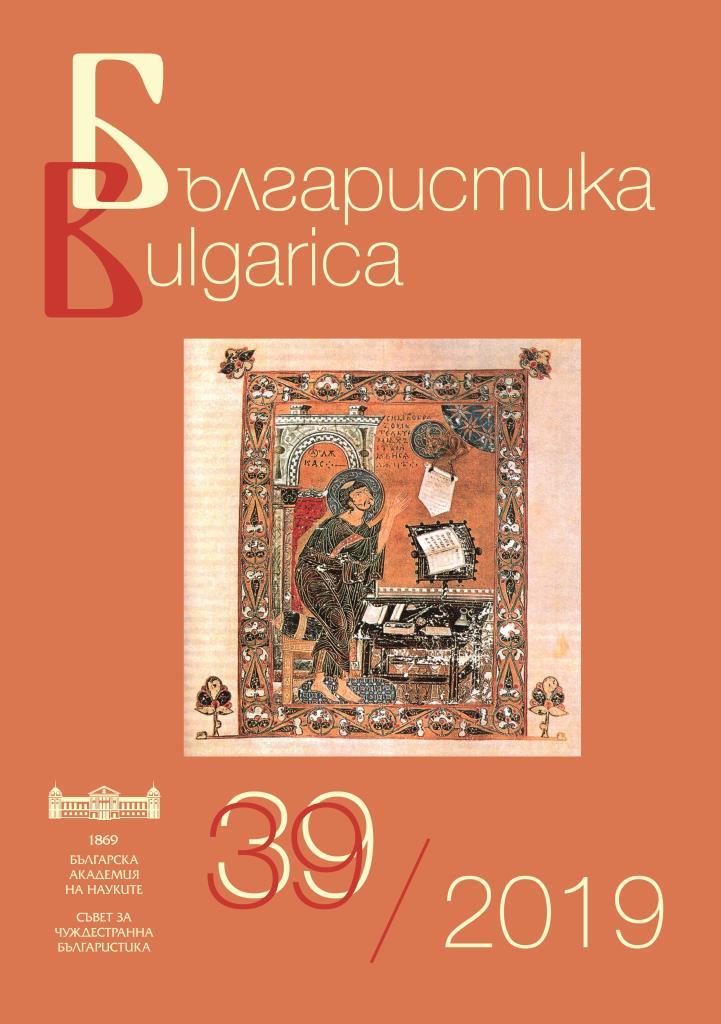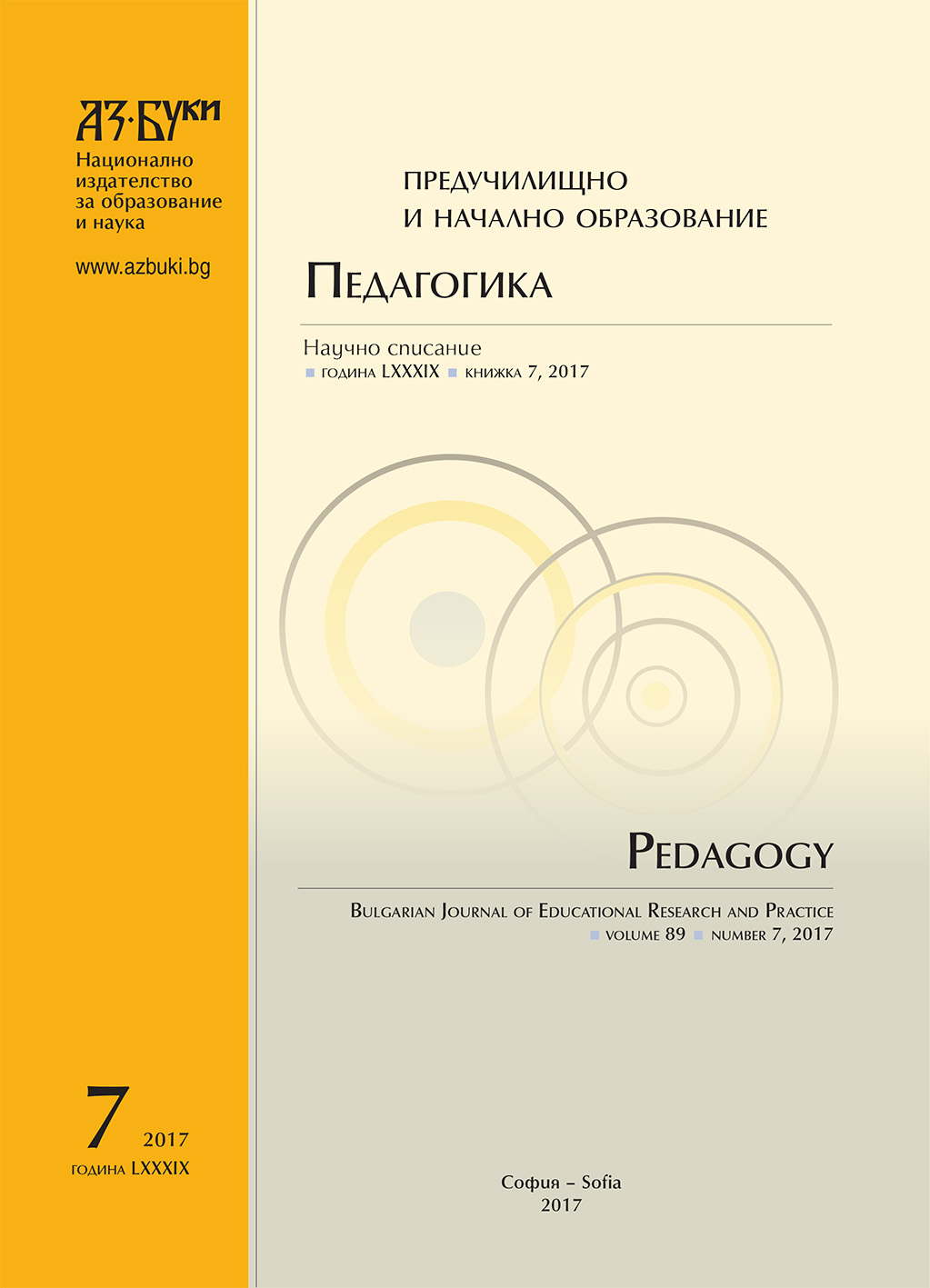
We kindly inform you that, as long as the subject affiliation of our 300.000+ articles is in progress, you might get unsufficient or no results on your third level or second level search. In this case, please broaden your search criteria.

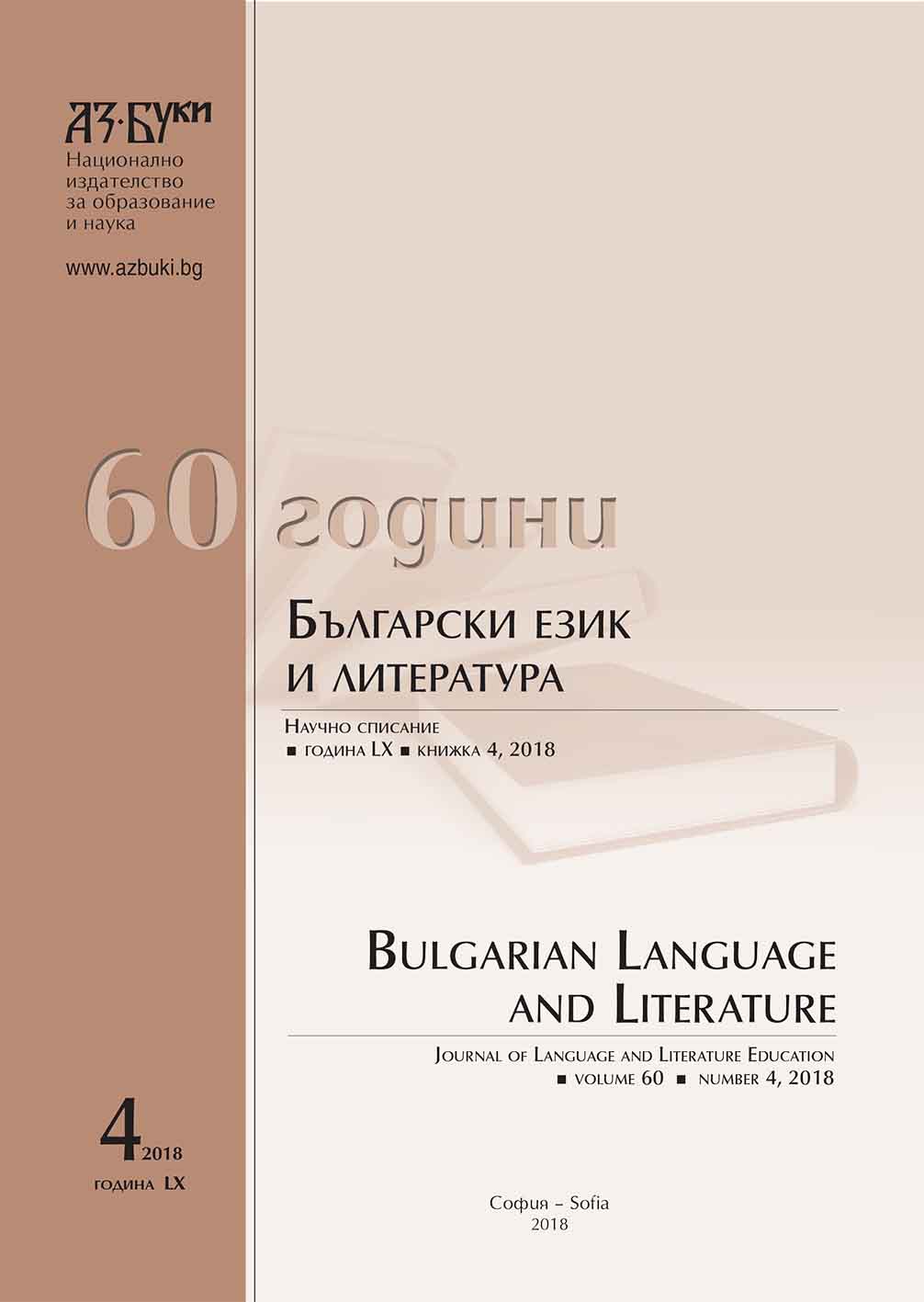
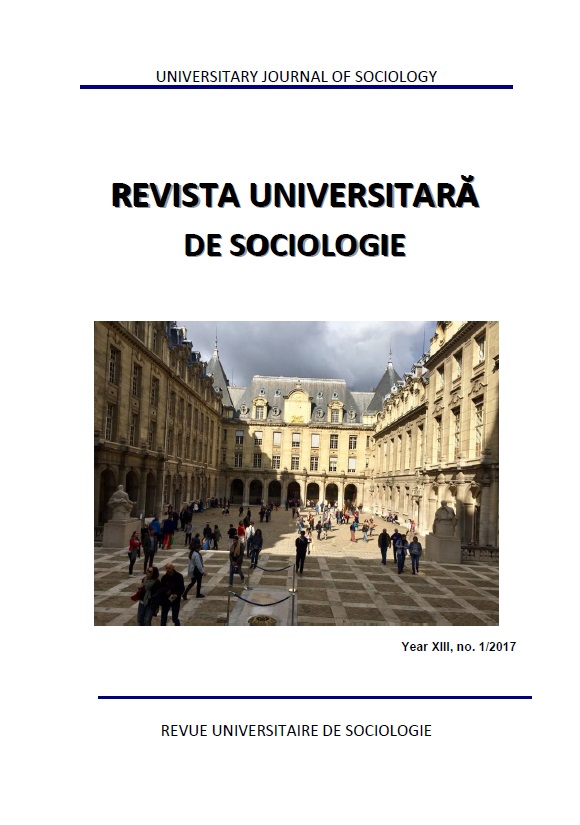
This work, which addresses the problem of the mix of language in the field of the teaching of the Amazigh language including the oral, it is planned to show that this language used by learners in the classroom is caused by several reasons: lack of mastery of their native language, the influence of the family and/or social environment in which he learns this language, the lack of concentration of learners when they speak. For this study, we've pressed two socio-linguistic and didactic approaches. The analysis we conducted our survey data has allowed us to show that teachers are not satisfied with the mixed language learners use besides they consider errors and each of them uses a method to remedy this.
More...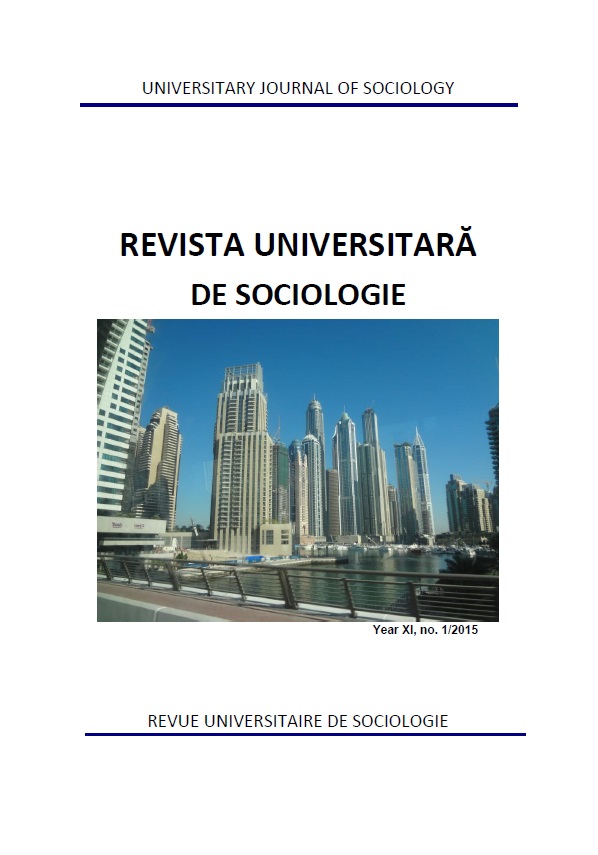
Within the broader discussion about remediation (Bolter and Grusin, 1996), transmedial storytelling (Jenkins, 2006; Ryan, 2013) and transfictionality (Ryan, 2013), the present paper advances the proposal of a comparative intersectional qualitative analysis of femininity in Charles Perrault's version of the story La Belle au bois dormant (1697), Walt Disney’s Sleeping Beauty (1959) and Walt Disney and Roth Films' Maleficient (2014) based upon associations between body representations, age groups and types of character. What would Evil look like if it were a woman? Would she be slender or voluptuous? What about the Good? Would she be wrinkled or sappy? This is a series of topics the current inquiry will put to the issue adjusting the intersectionality theory. However, it is not the experience of oppression that is central to the present analysis, but rather the pattern of intersection between gender, age and good or evil nature and how body representations coagulate at such intersections.
More...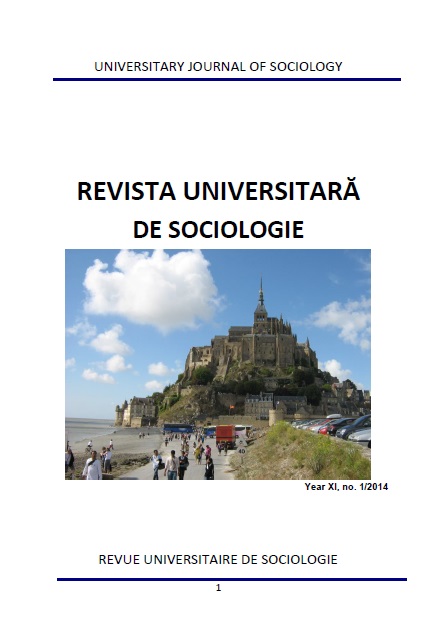
This study brings into focus some thematic and social programs in Romanian of Radio Vatican between the years 1968-1971. Much of the lectures are supported by Monsignor Octavian Barlea. The approach of the social programs is due to the reorientation of the Catholic Church to the modern world determined by the the Vatican Council (II). The themes are actual, meditative and full of social meanings.
More...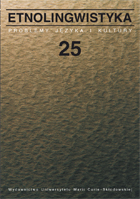
An observation is made that the linguistic worldview is grounded in values, which play a decisive role in the shaping of a given community’s (collective) identity. Therefore, it is postulated that the folk Slavic axiological system (the world of values cherished in folk Slavic traditions) be investigated. The project called (ETHNO)EUROJOS – parallel to EUROJOS, an international research programme headed by Jerzy Bartmiński and based on standard language varieties and “national” traditions – would thus be concerned with the values common to Slavic folk cultures. It has been shown that Slavic nations are much closer to one another at the level of folk cultures than at the level of national, elite-shaped cultures. A survey among distinguished researchers in various Slavic traditions reveals that the values important for Slavs are: health and life, family and kinship, home, land, work and diligence, love, beauty, happiness, wisdom, frankness, integrity, faithfulness, justice, freedom, honour, faith (religion) and God. A description of these values could follow the methodological assumptions of the Lublin Dictionary of Folk Stereotypes and Symbols.
More...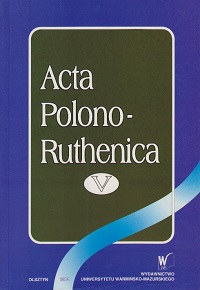
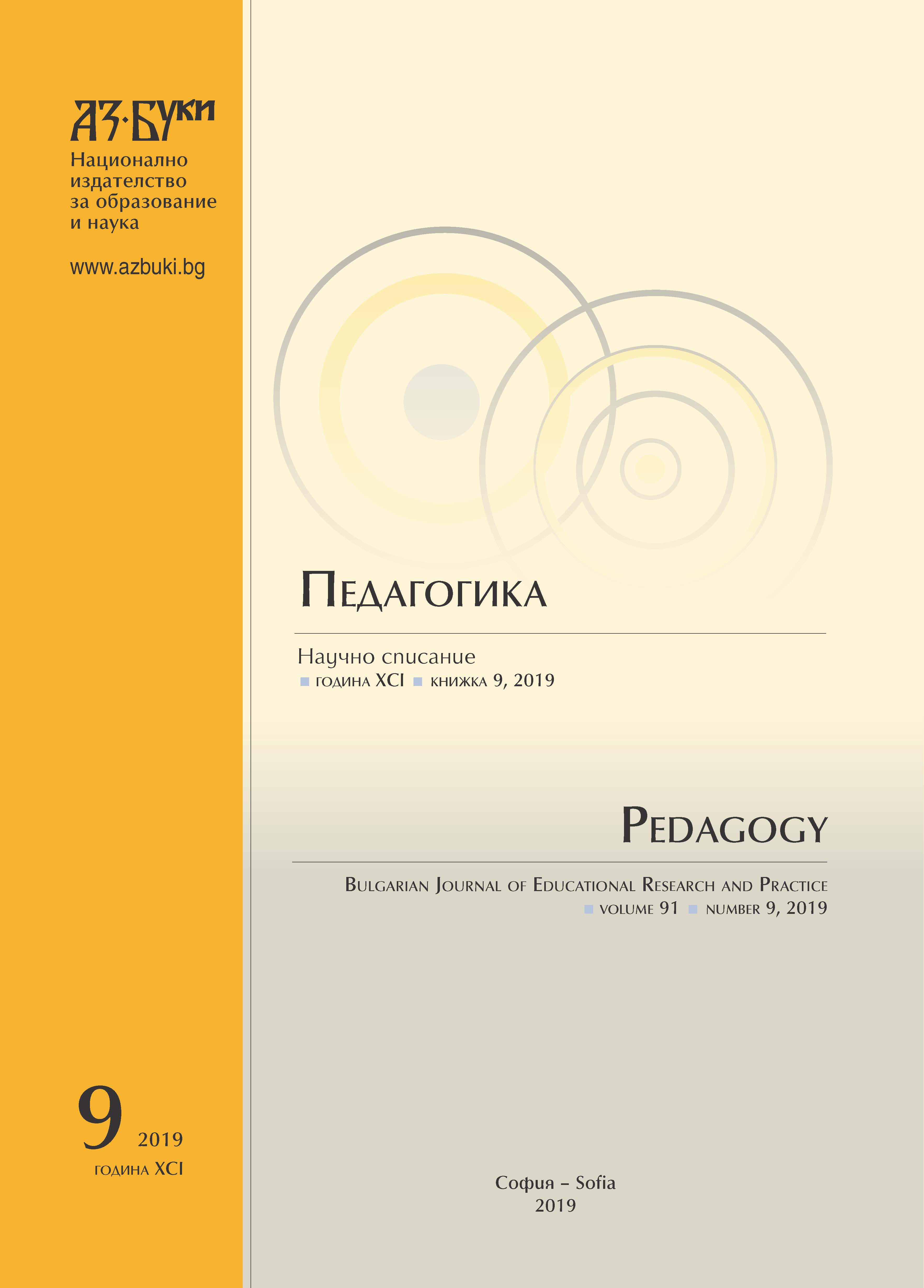
The idea of learning to read for social purposes from the first stage of school is maintained in the article in exact agreement with contemporary educational policies at European and national level. The importance of language literacy in the modern civilization of knowledge and the phenomenon of reading as a base of acquiring language literacy are discussed. On this background the problems of beginning reading instructions in Bulgarian and in English are interpreted and a classification of literacy technologies for teaching primary students that is based on the specific character of the corresponding writing system is presented. Theoretical statements are illustrated with some technological instructions for “entering” reading in Bulgarian and in English.
More...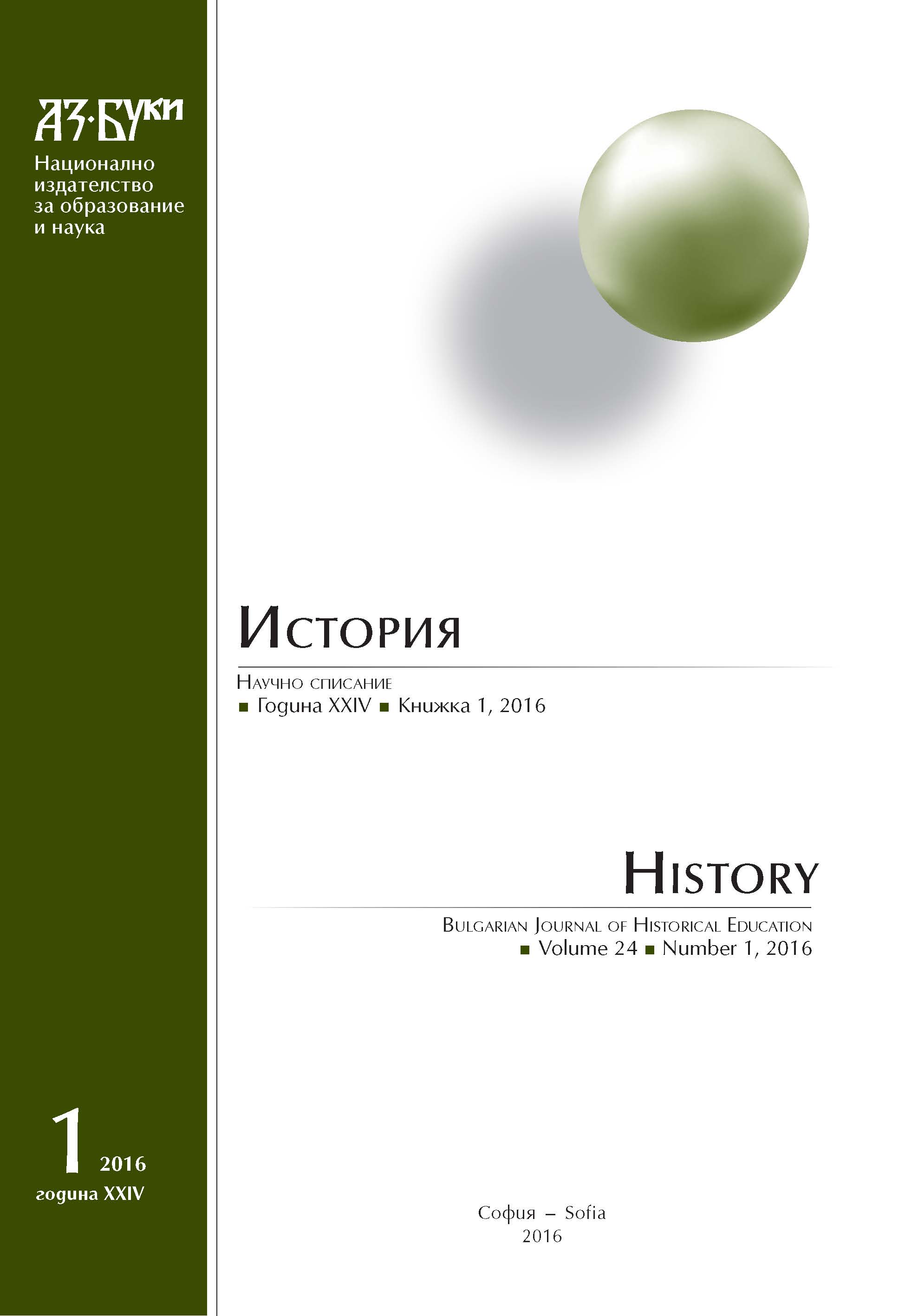
The purpose of the current study is to examine Maurice’ Strategikon – its genre specifics and the way they affect the nature of the information regarding the state and social evolution of the various barbarous people scattered through the Eurasian Barbaricum. We will focus mainly on the differences and similarities in the images of the nomads – Turks and Avars, and the sedentary Sclavs, living both on the border regions of the Roman Empire. We shall distinguish the sustainable antique topoi form those specific and objective characteristics – resulting from the development of the Roman-Barbarian relations from the late fifth century, which formed the image of the other in the minds of the Romans through the Late Antiquity and the Early Middle Ages.
More...
The article reveals main facts of the historical development of the Museum of Bulgarian book publishing (second half of 19th and early 20th century) founded in the city of Plovdiv by the end of 1960s. The permanent exhibition was inaugurated at 22nd of May 1975 in the house of the founder of our national typography – Hristo Gruev Danov (1828 – 1911). The key events, related to emergence and evolution of publishing business were shown in six exhibition halls, via artifacts, documents, pictures, etc. The old Revival house, in which the Museum was arranged, deserves a special attention. It combines the vision of a typical medieval tower and the artistry of а Renaissance edifice. Nowadays, the Museum of typography is a pleasing cultural topos located just to the entrance of the Old town and very close to the Orthodox cathedral. It attracts a lot of visitors, mainly Bulgarians, who are inspired by intellectual dignity of Revival period and by the personal magnetism of the popular originator of our national typography – Hristo Gruev Danov.
More...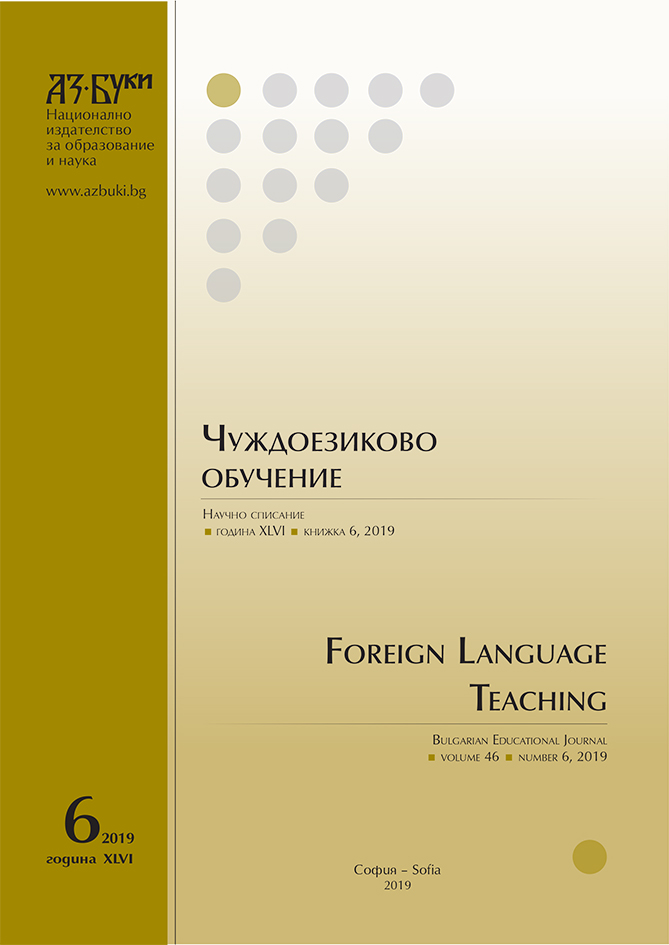
This study analyses the cognitive semantics of the Bulgarian verbal prefix na- ‘on, onto’ and aims to reveal its core meaning. Using a comprehensive inventory of corpora examples, the analysis distinguishes a few subgroups of na-verbs pointing out how apparently distinct meanings correspond to the central spatial meaning in the semantic network of the spatial particle na(-) and how the different meanings of the prefix na- relate to each other. The focus is particularly on the relation between spatial and non-spatial meanings, and on the application of conceptual metaphors that contribute to a consistent and motivated meaning network of na-.
More...
Significance of the research problem: In their communication outside school, students often come across multimodal texts in forums, sites, blogs or texts integrating visual, sound, and animation components. The ever-increasing interest in communication, not only through language but also through multimodal texts, raises the question about studying the second type of texts in first language teaching and about their influence on the first key competence under the Common European Framework of Reference for Languages. In order to find an answer we seek the productive link between multimodal texts and digital competence. For this purpose we examine the attitudes of Bulgarian language teachers from secondary school to digital competence and its relation to Bulgarian language education. Theoretical Ideas: They are based on the Framework for Developing and Understanding Digital Competence in Europe.Research question: What is the attitude of Bulgarian language specialists to the digital literacy of secondary school students?Participants in the Survey: Bulgarian language teachers, linguists, BA, MA and PhD students, teaching Bulgarian language trainers.Procedures: We make an expert assessment of criteria and indicators for digital literacy through Google forms assigning values related to Bulgarian language teaching by the following scale: very important (2), important (1), minor (0) ), insignificant (-1).Working hypothesis: There exist criteria and indicators for digital literacy in direct relation with Bulgarian language teaching and the first key competence that can be explicitly explained. Zero hypothesis - there are no criteria and indicators for digital literacy in direct relation with Bulgarian language teaching.
More...
Media speeches and press texts constitute a dynamic database that makes available to the public a range of up-to-date information associated with the inalienable parameters of communication. Because of its identifiable physiognomy and its contribution to the profiling of the news, the political-media discourse guarantees a kind of comprehensibility, even intelligibility, allowing to impose a verdict and to reinforce the status quo. Thus, sociolinguistic analyzes consider stereotypical statements as a platform of shared opinions, common and pre-established judgments. Stereotypes function as the set of consensus aimed at constructing a semantico-pragmatic network in which the signifiers intersect, converge and tend, instinctively, to the same signified.
More...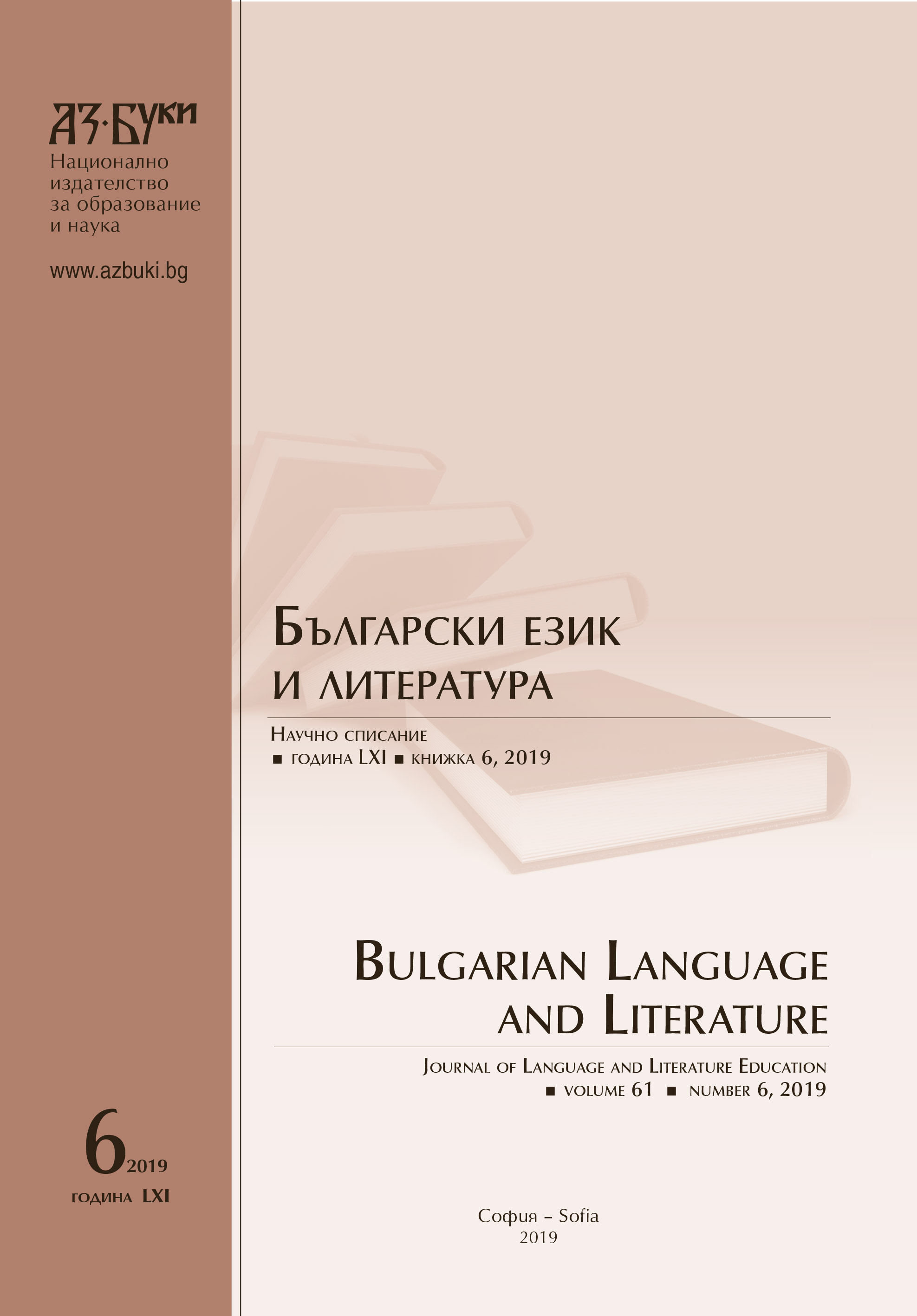
The article aims at presenting, in terms of comparison, the ways of how the morphological category mood of the verb are developed in the actual textbooks, according to the new curriculum for the 7th grade in the general secondary education course of the Bulgarian secondary school. The observations lay on the base of eight textbooks with different authoring teams. Several key criteria have been selected, as number of lesson articles, terminology used, grammatical content, practical skills and didactic effect. The author expresses her views based on voluntary and gratuitous work for debugging the textbooks in Bulgarian language, which contributes to the enlargement of the professional and the broader social audience with interest to the topical issues of the Bulgarian education. Specific practical examples are discussed with regard to compiling HBO (National External Assessment) tests.
More...
The present text deals with the specific characteristics of the so-called “theme of youth” in Bulgarian cinema during the 70s and 80s of the 20th century. The development of the discussed theme is analyzed in the films “Trampa” (1978), “Mass Miracle” (1981), “Reflections” (1982) and “Megi” (1989). Special emphasis is placed on the role of the verses which are incorporated in these films as well as on the possibilities of interpretation that this creative gesture offers.
More...
By examining the “Path Through the Years”, the study draws conclusions about the construction of memory in the memoir realm of Konstantin Konstantinov. It traces the extent to which the literary history in the book approaches or departs from both the literary history proclaimed after 1944 and today. The reflection on the first reviews of “Path Through the Years” leads to conclusions about the shift in attitude towards the book over the decades, which supports the thesis that the past and the perceptions towards it are differentiated and reevaluated in accordance with the pulse of time.
More...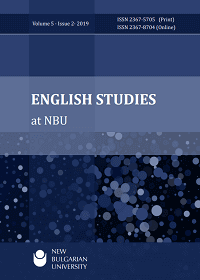
This paper reports on a study of how a group of tertiary level EFL teachers perceived and used mobile devices in their teaching and personal learning. One hundred and fifty teachers (66 female, 84 male) from public universities in Saudi Arabia completed an online questionnaire. Results showed that the majority of participants used mobile devices and applications in their teaching and learning. Survey data showed that the vast majority of teachers had positively perceived and frequently used mobile technologies in their teaching and personal learning. In addition, there was a correlation between teachers’ use of mobile technologies in their teaching and their use in learning. There was also a correlation between how teachers perceived the value of mobile technologies in learning, and how they use them in their teaching.
More...
The main purpose of this study is to explore the critical issues that impede an effective implementation of information communication technology (ICT) as related to higher education (HE) in Morocco. An e-readiness survey based on Harvard e-readiness assessment framework is administered in order to check the role of university in getting Morocco e-ready. First, a diagnosis is done at the level of preparedness of Moroccan institutions in networked areas of access, society, economy and policy. The data was collected from the annual reports of Moroccan Telecommunications regulations agency (ANRT), reports from the International Telecommunication Union (ITU), Global Information Technology Report (NRI), quantitative and qualitative surveys from previous research studies, and statistical websites. The findings reveal that Morocco has, apart from networked economy and local digital content, a fairly advanced e-readiness status in other indicators in the model of Harvard Centre of International Development. Ironically, such findings show that it is the Moroccan university that needs to catch up with society.
More...
This research is an attempt to examine the developmental relationship between democracy and the socioeconomic conditions in Bulgaria. The assumption is that one of the factors contributing to the negative attitude towards democracy in Bulgaria is the high level of social inequality. After discussing the relevance of studying democracy and socioeconomic conditions from a developmental perspective, the paper traces the socioeconomic development of Bulgaria from 1989 to date and examines public perceptions of social inequality in the country. The research has not revealed any overall negative public attitude towards democracy in Bulgaria. However, the findings have demonstrated a clear tendency for the public support for democracy to decline reflecting the growth of social inequality.
More...